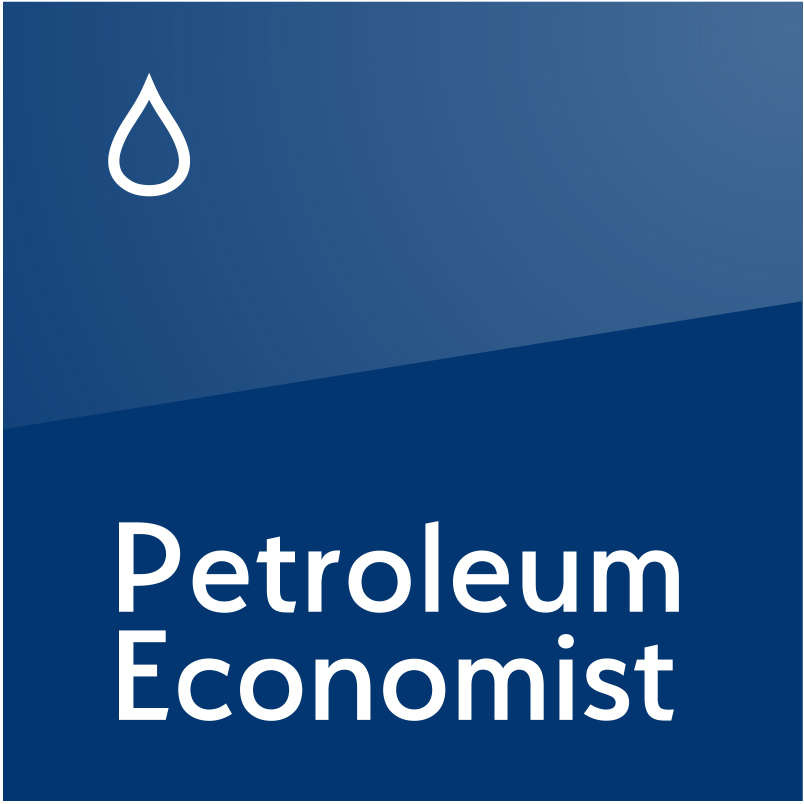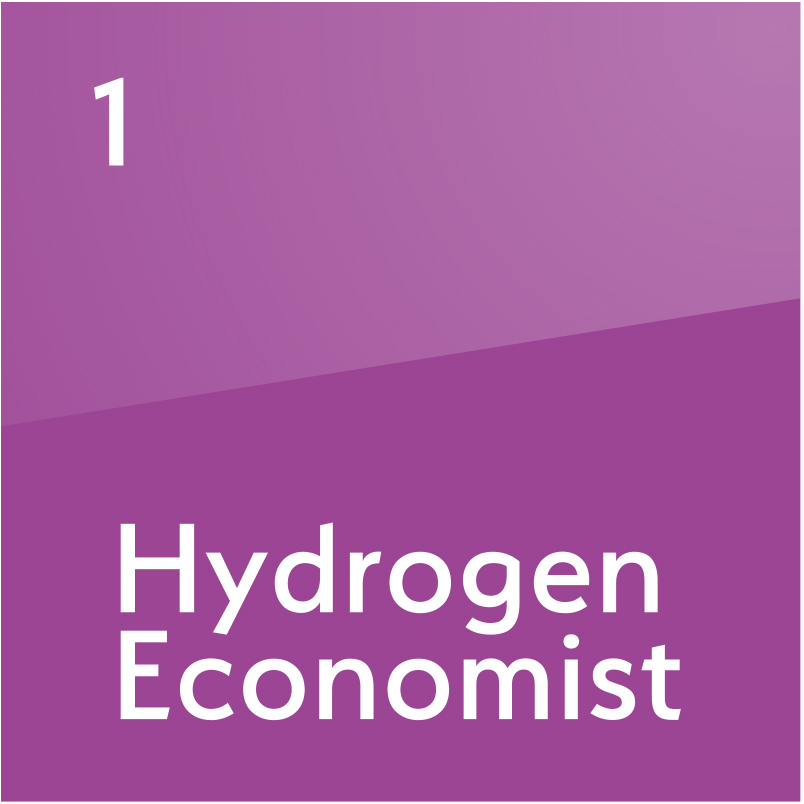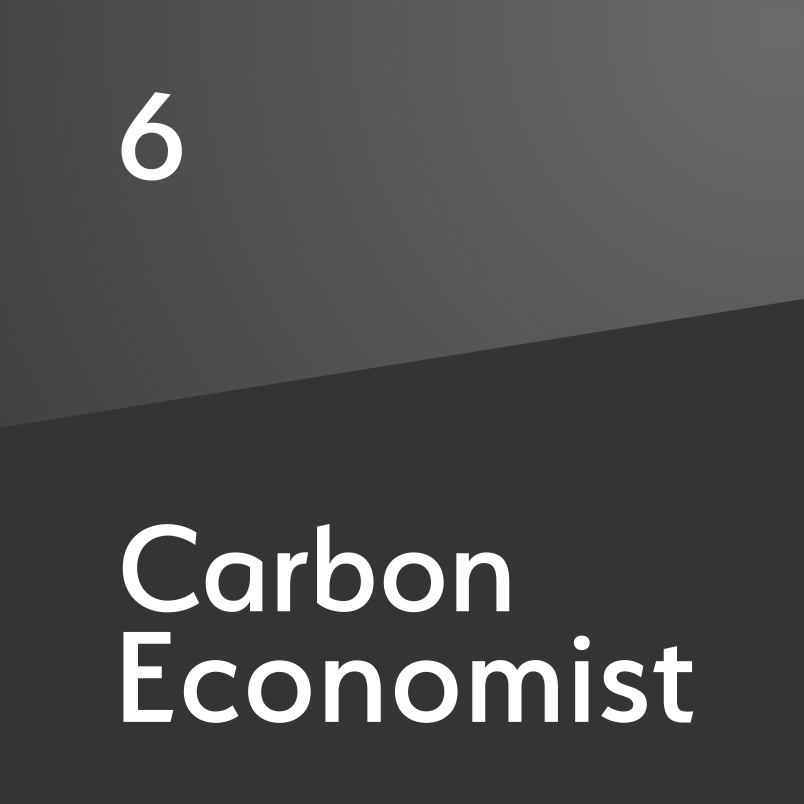OPEC and the post-war evolution of the oil industry, part 3: Shale, new demand and OPEC+
The third part in the second chapter of our history of oil looks at the US shale revolution and ‘declaration of cooperation’ that created OPEC+
As 2016 progressed and oil prices remained stubbornly low, something had to happen. Production cuts were accompanied by one of the most important events in the history of the oil market: the signing of a formal ‘declaration of cooperation’ at the end of the year. The signatories were the members of OPEC plus ten other producers (Azerbaijan, Bahrain, Brunei, Kazakhstan, Malaysia, Mexico, Oman, Russia, South Sudan and Sudan). The inclusion of Russia—its production is today 64% of the ‘plus’ part of the alliance—was crucial and its active participation in supply management has given OPEC+ significant market control. The value of the declaration was shown by the expanded group’s response to th

Also in this section
12 December 2025
The latest edition of our annual Outlook publication, titled 'The shape of energy to come: Creating unique pathways and managing shifting alliances', is available now
12 December 2025
The federal government is working with Alberta to improve the country’s access to Asian markets and reduce dependence on the US, but there are challenges to their plans
11 December 2025
The removal of the ban on oil and gas exploration and an overhaul of the system sends all the right messages for energy security, affordability and sustainability
10 December 2025
The economic and environmental cost of the seven-year exploration ban will be felt long after its removal







